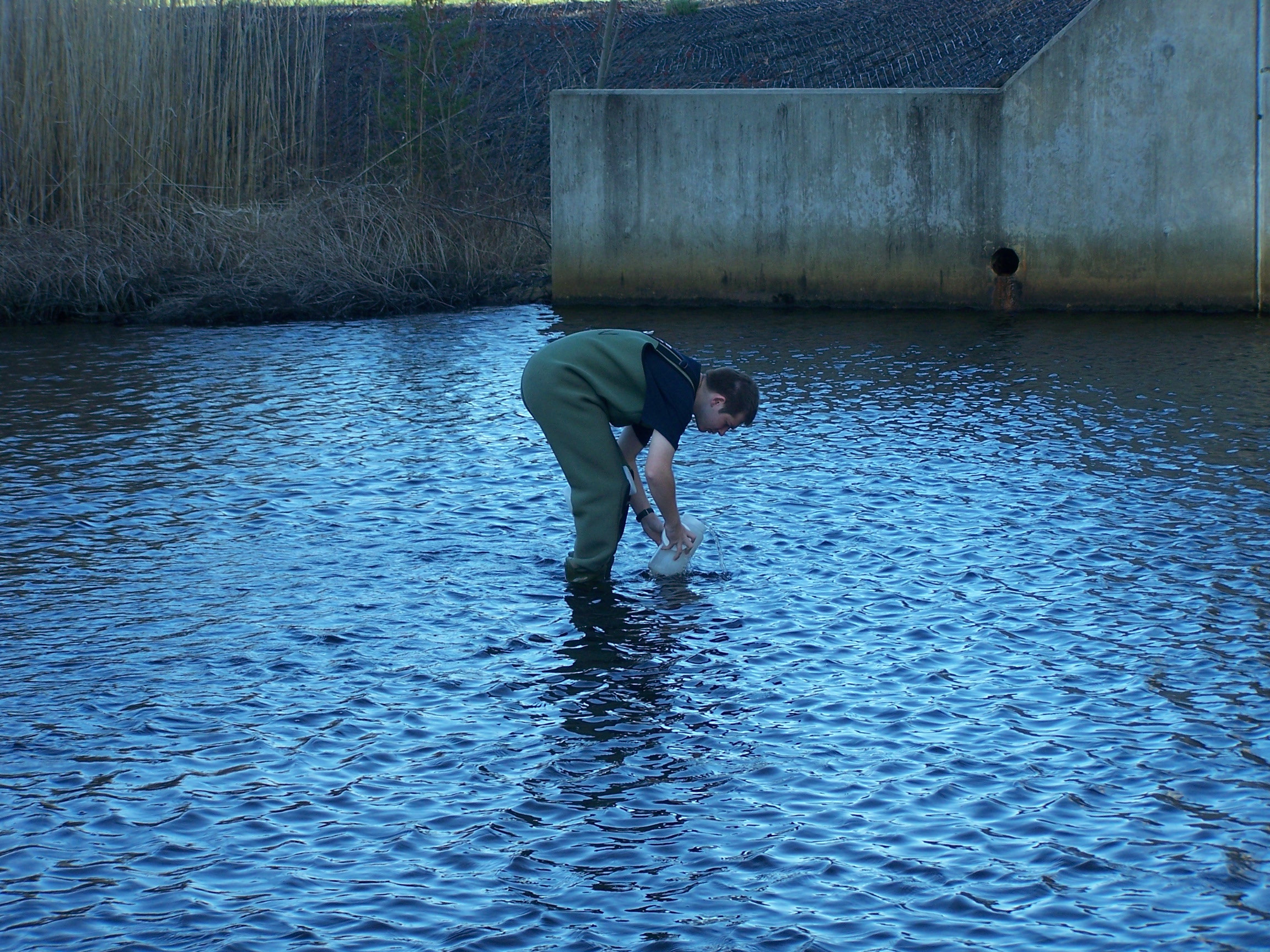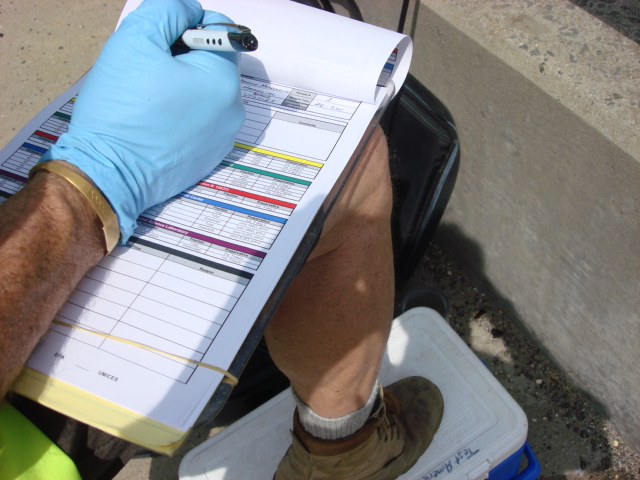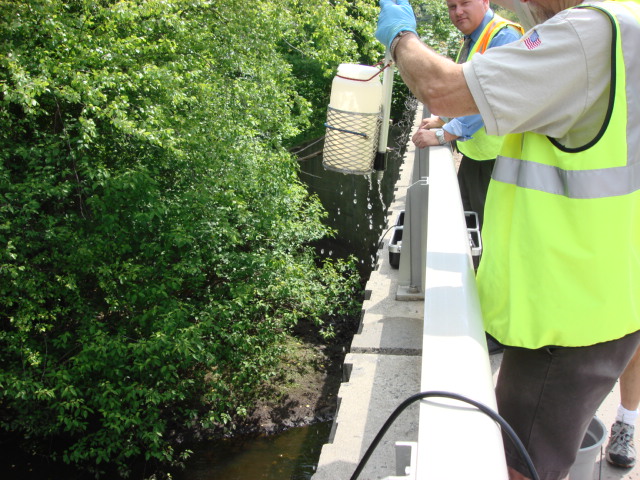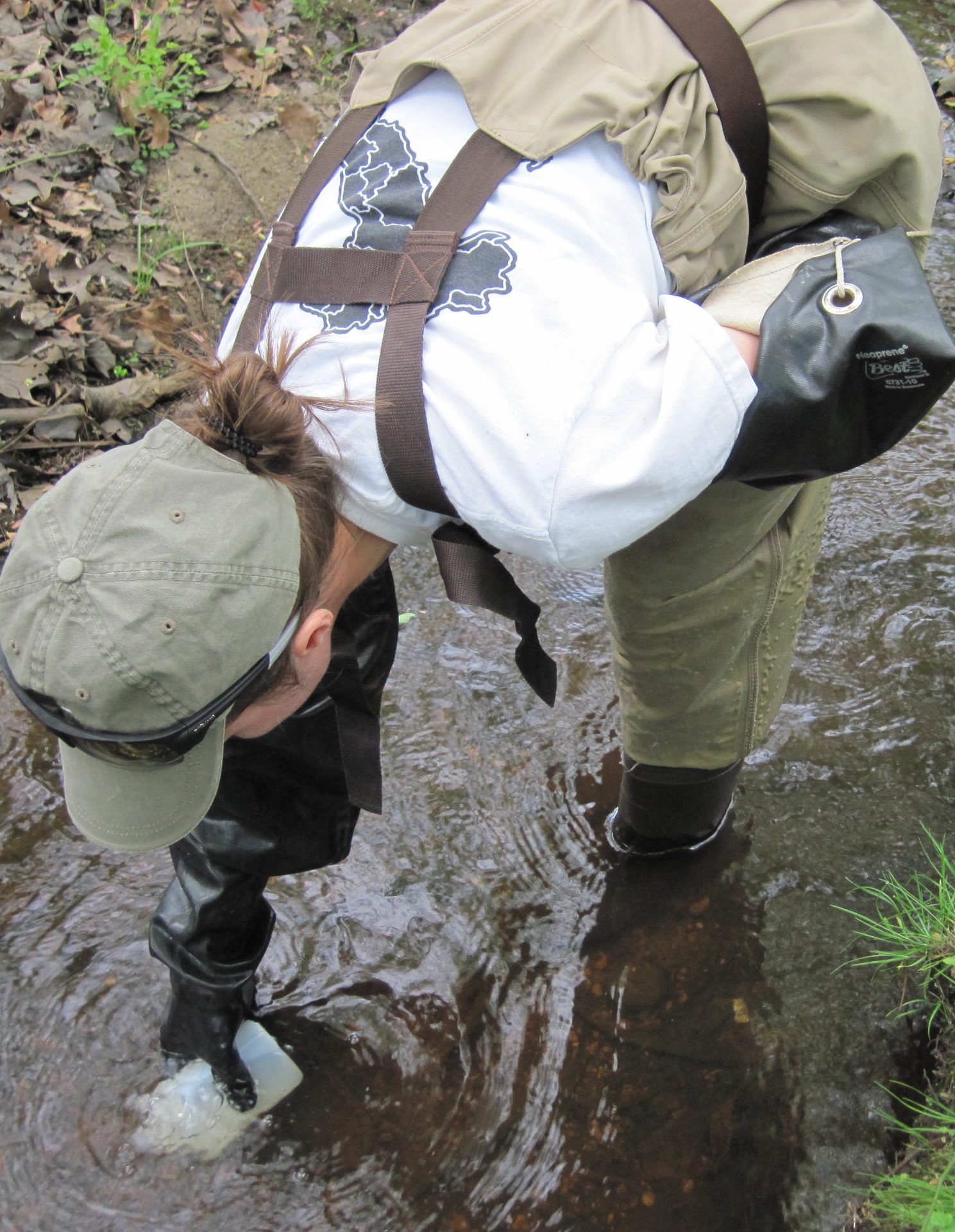|
|
Bureau of Environmental Analysis, Restoration and Standards
NJDEP Citizen Science Water Monitoring Projects

|

|

|
 |
|
photo credit: MATES
|
photo credit: BTMUA
|
photo credit: BTMUA
|
photo credit: NJDEP
|
Information about active Community Water Monitoring Programs can be found at the NJ Watershed Watch Network (Where We Work).

|
An important goal of the federal Clean Water Act is to protect and restore waters for swimming, and other activities deemed “primary contact recreation.” To assess if recreational water criteria are being met extensive sampling is conducted using pathogen (Escherichia coli) concentration, water temperature readings, and observations on recent precipitation. 5 water samples are collected within a 30-day period between the months of May and September. Monitoring is focused regionally, with one Water Region covered each sampling year.
Because of the intensity of the sampling and the holding time associated with pathogen sampling, NJDEP enlisted the help of the Raritan Headwaters Association, the Great Swamp Watershed Association, and the Stony Brook-Millstone Watershed Association. The Watershed Association staff and/or volunteers receive training on proper techniques for sample collection and completing paperwork. Then volunteers are given bottles, thermometers, and paperwork, and assigned sites where they are responsible for collecting samples, weekly, for 5 consecutive weeks on designated dates. Once collected, the samples are taken to their watershed office. Besides the collection of the bacti sample, a water temperature reading is made. A NJDEP courier picks up the samples at this location and transports it to NJDOH laboratory for analysis, meeting the 8-hour holding time.
|
|
photo credit: NJDEP
|
|
| |
|
For more information, please contact Kimberly Cenno, Bureau Chief,
Bureau of Environmental Analysis, Restoration and Standards at (609) 633-1441. |